Welcome to our websites!
News
-
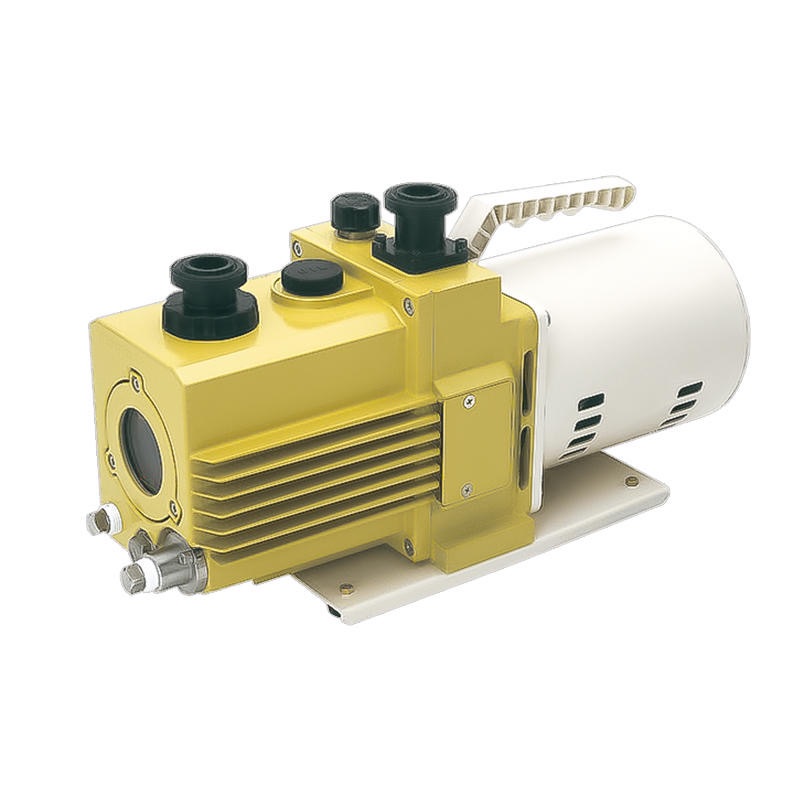
What are the common technical terminology of vacuum pumps?
Technical terminology for vacuum pumps In addition to the main characteristics of the vacuum pump, ultimate pressure, flow rate and pumping rate, there are also some nomenclature terms to express the relevant performance and parameters of the pump. 1. Start-up pressure. The pressure at which the ...Read more -
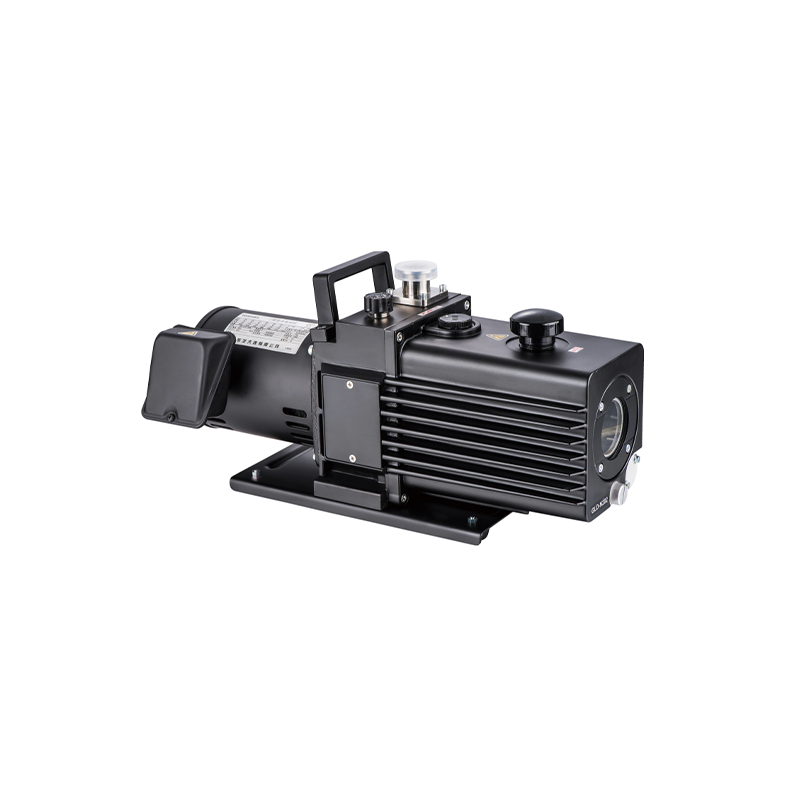
Summary of 100 technical questions and answers about pumps (Part I)
1. What is a pump? A: A pump is a machine that converts the mechanical energy of the prime mover into energy for pumping liquids. 2. What is power? A: The amount of work done per unit of time is called power. 3. What is a effective power? In addition to the energy loss and consumption of the mach...Read more -

These three faults occur frequently in Roots pumps in vacuum process applications? Corrective measures for you!
Many vacuum process installations are equipped with a Roots pump on top of the pre-stage pump, both to increase the pumping speed and to improve the vacuum. However, the following problems are often encountered in the operation of Roots pumps. 1)Roots pump trips due to motor overload during star...Read more -

Common vacuum terms
This week, I have compiled a list of some common vacuum terms to facilitate a better understanding of vacuum technology. 1、 Vacuum degree The degree of thinness of the gas in a vacuum, usually expressed by “high vacuum” and “low vacuum”. High vacuum level means “goo...Read more -
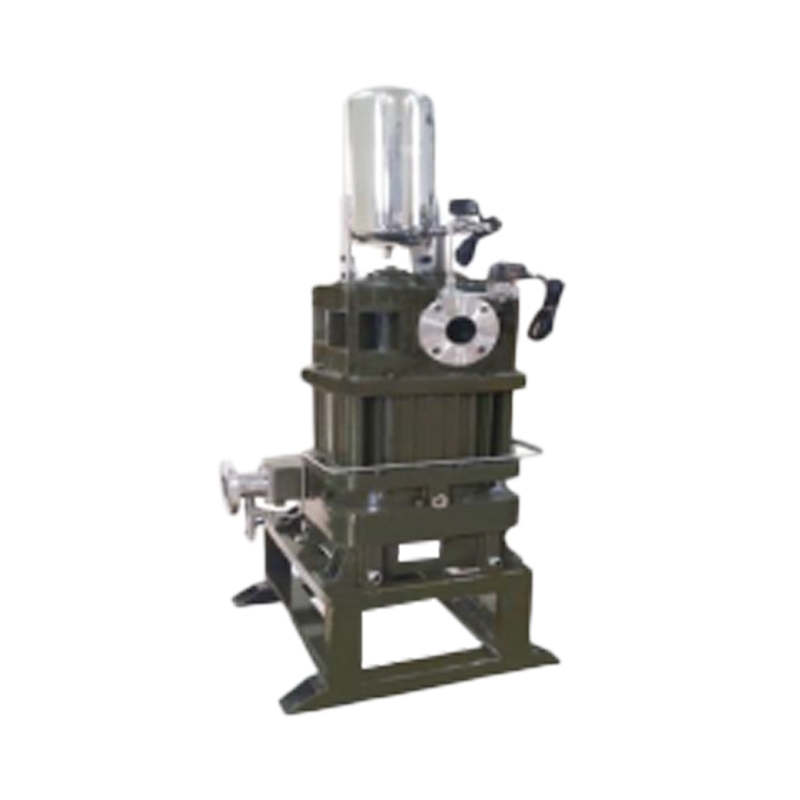
Causes of High Temperature of Screw Vacuum Pump and Cooling Measures
1. The number of fan blades is small, and the air volume generated is small. 2. The fan speed is low, the wind pressure and air volume are small. 3. The motor has high power and high current, resulting in high temperature. 4. Dust and oil are attached to the motor,...Read more -
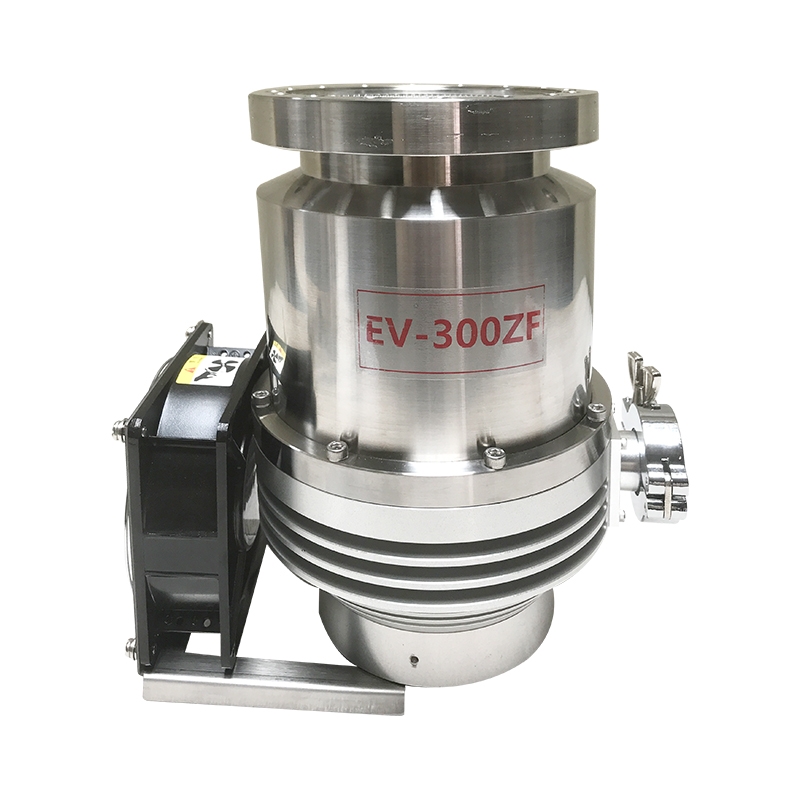
Molecular pump characteristics and common troubleshooting
The molecular pump is a vacuum pump that uses a high-speed rotor to transfer momentum to the gas molecules so that they gain directional velocity and are thus compressed, driven towards the exhaust port and then pumped away for the front stage. Features Name Features Oil lubricated mole...Read more -
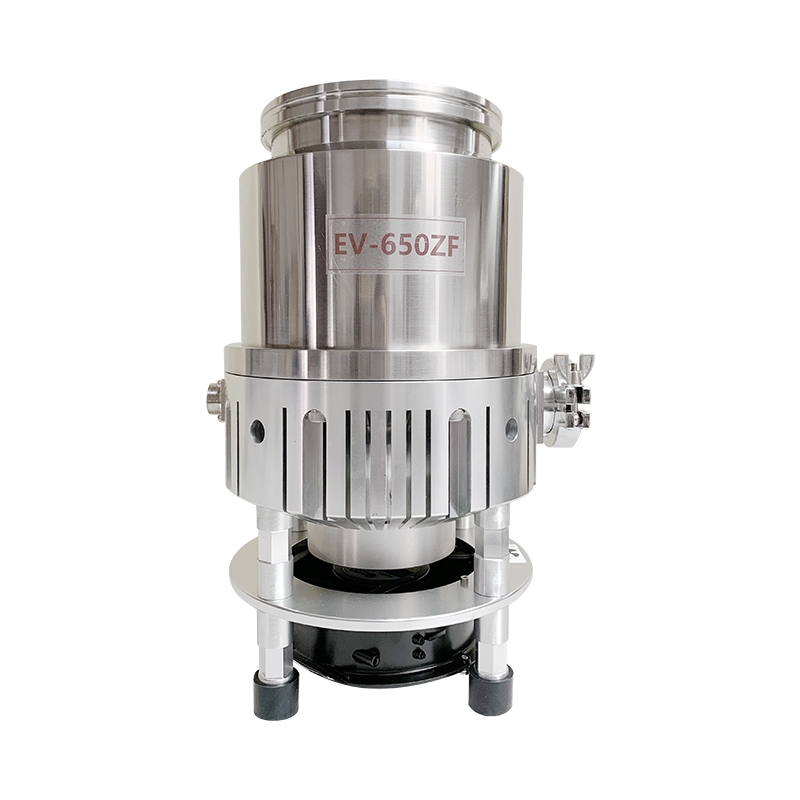
Classification of vacuum pumps
The equipment that can expel gas from a closed container or keep the number of gas molecules in the container decreasing is usually called vacuum obtaining equipment or vacuum pump. According to the working principle of vacuum pumps, vacuum pumps can basically be divided into two types, namely ga...Read more -
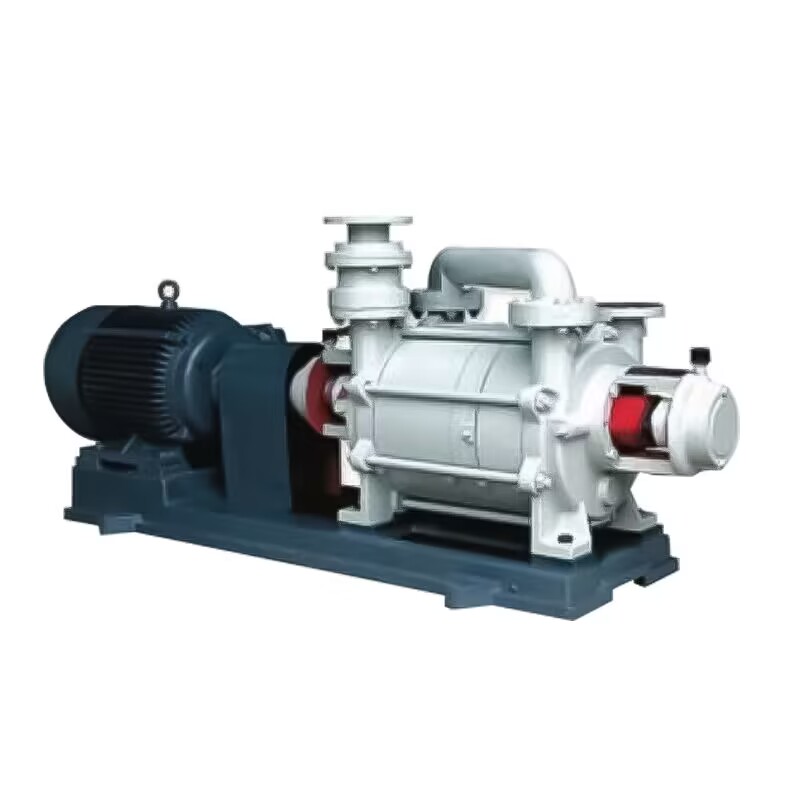
How to clean a liquid ring vacuum pump? You can’t go wrong with these 11 steps!
After working for a long time on a Liquid ring vacuum pump, there will be some dirt on the outside or inside of the pump. In this case, we have to clean it. External cleaning is relatively easy, but internal cleaning of the pump is difficult. The inside of the pump is usually caused by underworki...Read more -
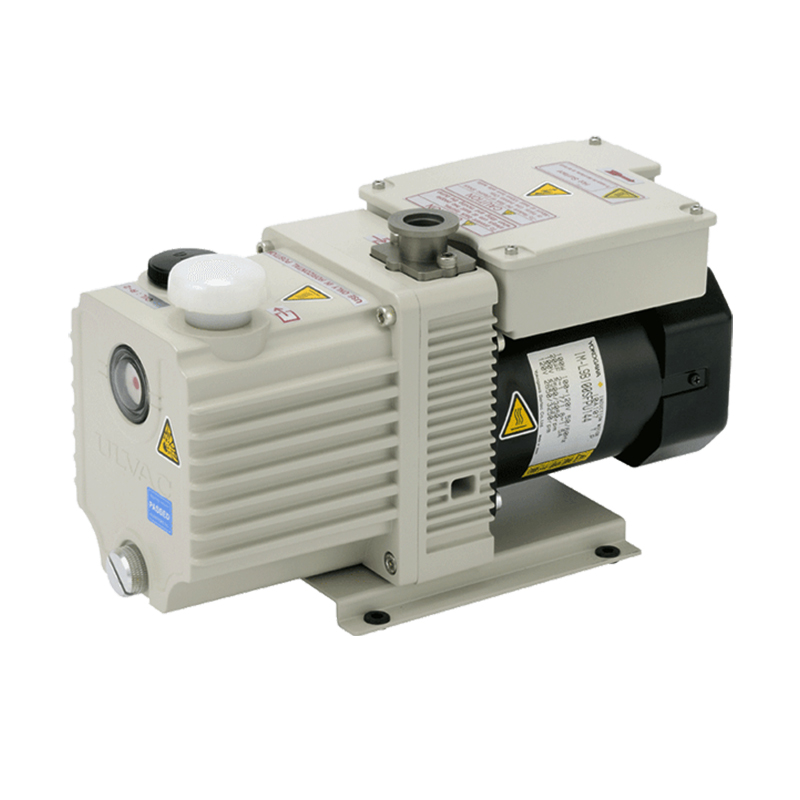
Pumps commonly used in ultra-high vacuum systems
I. Mechanical pumps The main function of the mechanical pump is to provide the necessary pre-stage vacuum for the start-up of the turbomolecular pump. Commonly used mechanical pumps include mainly vortex dry pumps, diaphragm pumps and oil sealed mechanical pumps. Diaphragm pumps have low pumping ...Read more -
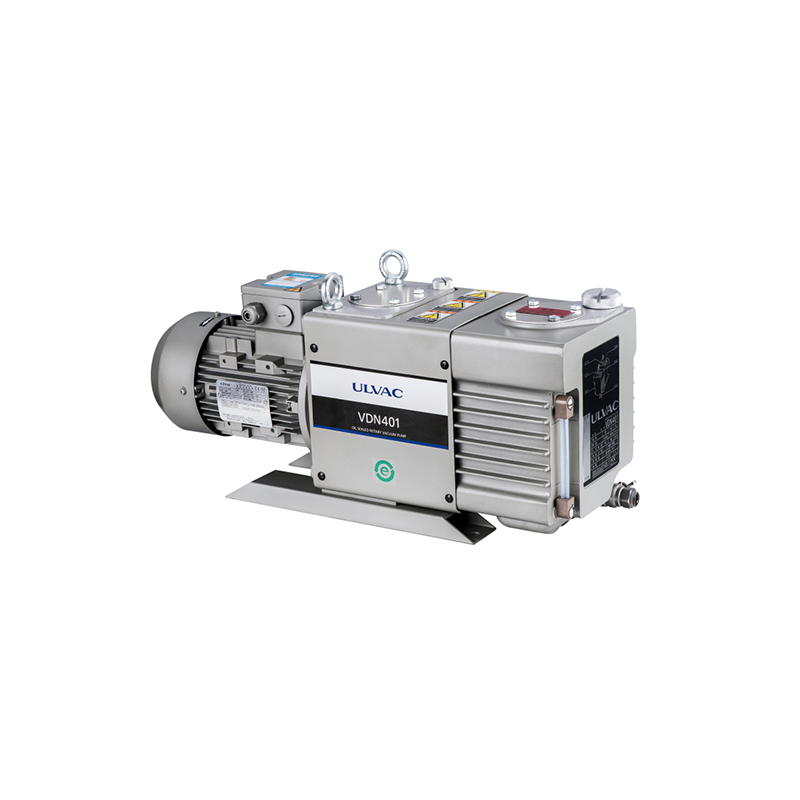
What to do if your vacuum pump breaks down – 8 frequently asked questions for you
Vacuum pumps Common faults, troubleshooting and repair methods Problem 1: Vacuum pump failed to start Problem 2: The vacuum pump does not reach the ultimate pressure Problem 3: Pumping speed is too slow Problem 4: After stopping the pump, the pressure in the pumped container rises too qui...Read more -
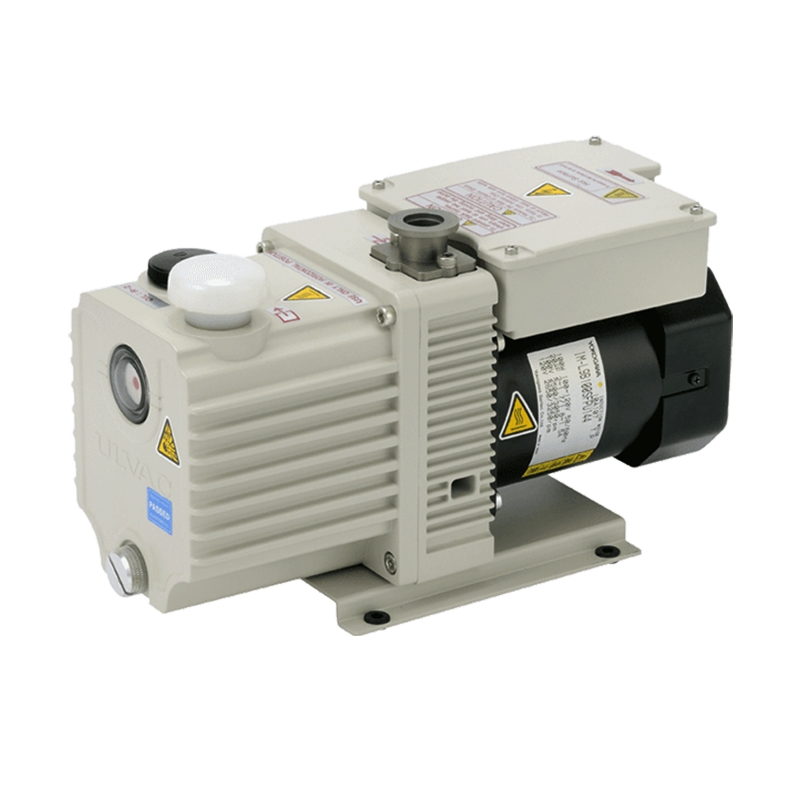
Working pressure ranges for all types of vacuum pumps, please bookmark!
A vacuum pump is a device that generates, improves and maintains a vacuum in an enclosed space by various methods. A vacuum pump can be defined as a device or equipment that uses mechanical, physical, chemical or physicochemical methods to pump the vessel being pumped to obtain a vacuum. With the...Read more -
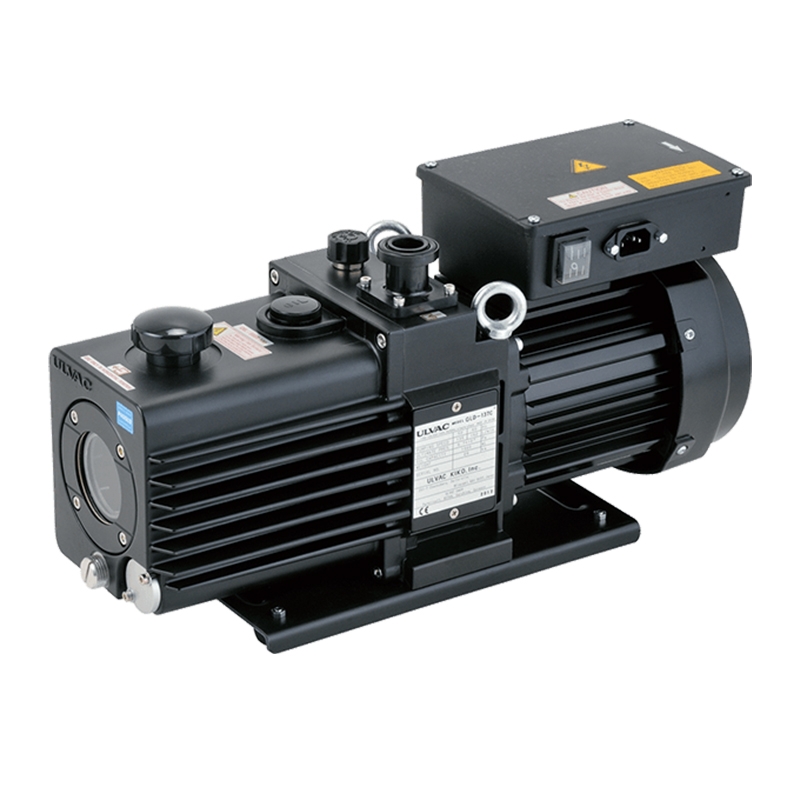
The most complete guide to the use of rotary vane vacuum pumps
The following are some of the things that need to be noted during the use of the inline rotary vane vacuum pump. If one of them is used inadvertently, it will affect the service life of the vacuum pump and the operation of the vacuum pump. 1、 Cannot pump gas containing particles, dust or gum, wa...Read more
